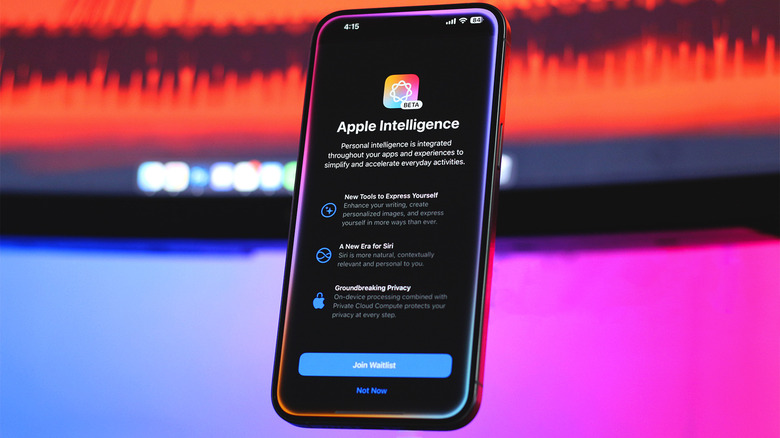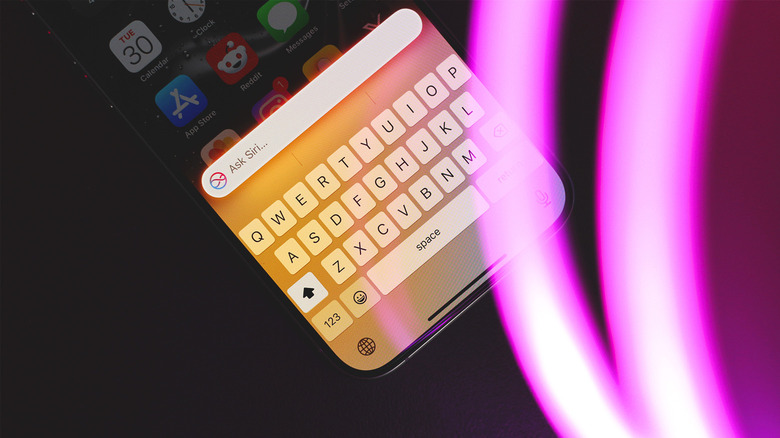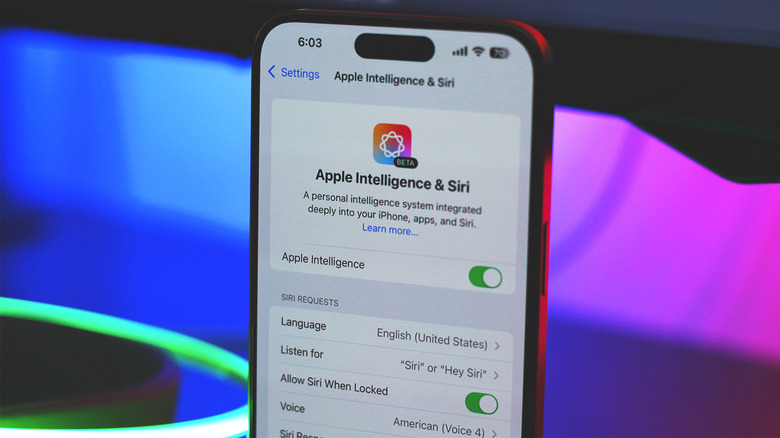iOS 18.1 Developer Beta Released With Support For Apple Intelligence
Every year, we live through an exciting period wherein Apple drops beta builds for iOS, iPadOS, and macOS. These developer and public beta versions include pre-release features and UI updates. The nature of beta software, obviously, brings with it a couple of bugs and stability issues — which are ironed out by the time iOS sees its public release with the launch of new iPhones. iOS 18 is perhaps one of the biggest updates to the mobile operating system since the departure from the skeuomorphic design that Apple's iPhones were once popular for.
There is a plethora of new features in iOS 18, such as the ability to finally place apps anywhere on your home screen. Being able to customize the Control Center or lock and hide apps on your iPhone are also inclusions that people will love with the new update. Then there's the much-anticipated support for dark and tinted app icons on iOS 18 that has unlocked a new dimension for creativity when sorting out your home screen.
Apart from the bucket load of customization options and visual overhauls in iOS 18, Apple Intelligence is officially set to bring AI-enabled features to supported iPhones, iPads, and Macs. With the betas so far, we've only seen updates to other parts of the OS, but iOS 18.1 marks the first developer beta that supports Apple Intelligence. Here is everything you need to know about it, and how you can enable Apple Intelligence on your iPhone.
Apple Intelligence arrives on iPhones, iPads, and Macs
For the uninitiated, the technology giant has announced a slew of AI-powered features — all in the canopy of the aptly named "Apple Intelligence." Notable features showcased at the Worldwide Developers Conference in 2024 include Image Playground, Genmoji, call audio transcripts, and Smart Reply in apps like Messages and Mail.
While a good chunk of these tools are still in development, we get access to a taste of Apple Intelligence in the newly released iOS 18.1 developer beta build. For those who are already running iOS 18 beta on their iPhones or iPads, the new 18.1 update can be installed by navigating to Settings > General > Software Update.
Apple Intelligence features that are available in this build include the redesigned Siri interface, with the ability to now type to the smart assistant as opposed to just using your voice. A huge addition is AI-assisted writing, which allows you to spot spelling and grammatical errors, restructure the sentence in a different style, or extract key points and create a summary from the larger text. You can even convert paragraphs into bullet points and tables with a single tap.
To access these features, select your text and tap on "Writing Tools." Other notable traces of Apple Intelligence can be found in the Photos app when searching for images using more natural queries. Apple Intelligence requires an iPhone 15 Pro or 15 Pro Max or an Apple silicon-powered Mac or iPad.
How to enroll in the Apple Intelligence program
Currently, Apple Intelligence is only available in the US, and requires users to manually join a waitlist. Doing so is quite simple and involves the following steps:
- On your iPhone or iPad running the latest iOS 18.1 developer beta, launch the Settings app.
- You will notice a new Apple Intelligence & Siri menu.
- Here, you will find AI and Siri-related options. Tap on the Join the Apple Intelligence Waitlist button, and confirm by selecting Join Waitlist.
- Once the features are ready to be used, you will have to enable them by tapping on Turn On Apple Intelligence.
It might take a couple of minutes for the required AI models to be locally available on your iPhone or iPad, and you should be able to test out the features that Apple Intelligence has to offer right away. If you ever change your mind and wish to opt-out, navigate to Settings > Apple Intelligence & Siri and switch the toggle off. We expect future betas of iOS 18 to unlock an even wider array of AI tools that were first showcased at the WWDC 2024 event.


